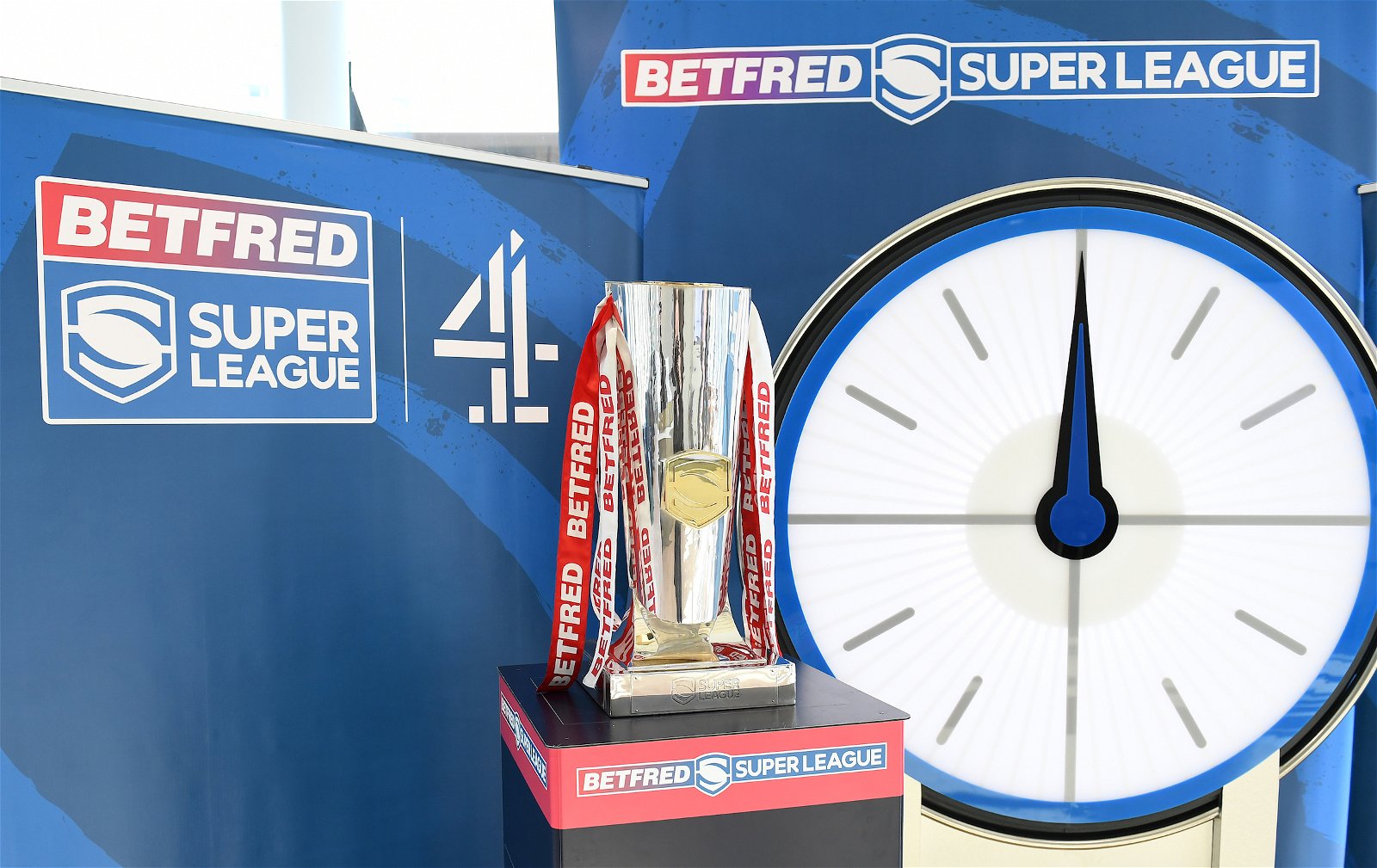
With transfer business well underway ahead of the 2023 Super League season, we’ve taken a look at the most up to date salary cap rules to give the best insight into the boxes clubs have to tick as they strive to strengthen their squad for the 2023 Super League season.
Looking at the rules the first thing that stands out are the reasons behind the cap.
According to the RFL the cap exists to keep things competitive and maintain a “balanced spread of players among clubs.”
Furthermore, it is said to “protect the welfare and interest of all players,”
Another striking rule is that though the finite salary cap limit is £2.1 million but a club can only spend up to this amount should the club be deemed to afford it under the Financial Sustainability Regulations meaning that not every club in Super League would necessarily be able to spend that full amount.
An interesting change going into 2022 was the decision to measure it “in real time” which means that the club’s spend cannot exceed the cap at any time. This is different in the lower leagues where it is about overall spend.
Speaking of spend there are eight reasons for dispensation when it comes to the cap. The first is of course the Marquee Players whose value on the cap is limited to £150,000 but if club trained its even less and stands at £75,000.
Each club is also given up to £100,000 of dispensation for production of Super League standard players whilst more dispensation is given for meeting the player welfare target.
The new and returning talent is interesting and limits the value of new and returning players to the sport.
The cap also excludes payments out of prize money and educational fees.
In terms of assessing the cap, in Super League, all new and revised Player contracts, loans and squad declarations are reviewed by the Professional Delivery Team and a revised Spend position agreed with the club and they must submit half and full year returns.
The RFL also audits clubs.
Here is the full list of rules and regulations pertaining to the Salary Cap made available by the RFL:
RATIONALE FOR REGULATION
The core objectives of the Salary Cap are:
- To ensure that the competitions remains competitive and therefore attractive to spectators and commercial partners by preventing Clubs with greater financial resources dominating the competition and by ensuring a balanced spread of players among clubs;
- To prevent Clubs trading beyond their means and/or entering into damaging and unsustainable financial arrangements; and
- To protect the welfare and interests of all Players.
SALARY CAP RULES
The amount each Club can spend on its first team players is (subject to certain exemptions and dispensations) limited to the lower of:
- The finite Salary Cap limit of £2.1m; and
- The amount that it is deemed that a Club can afford to spend pursuant to the Financial Sustainability Regulations.
The Super League Salary Cap is measured in ‘real time’: this means that each Club’s spend (or deemed spend) must remain below the Salary Cap at all times. The Championship and League 1 Salary Caps are measured retrospectively where appropriate: this means that each Club must demonstrate at the end of each Season that its actual spend over the course of the Season was below the Salary Cap.
DISPENSATIONS
The key dispensations are:
- Marquee Player – Each Super League and Championship Club is permitted to have two Marquee Players whose Salary Cap value is limited to £150,000 (or £75,000 if Club Trained);
- Club Trained Dispensation – Each Super League club is given up to £100,000 of dispensation for producing Super League standard players;
- Player Welfare Dispensation – Each Super League Club that achieves the player welfare target is given a £15,000 dispensation;
- New Talent Pool Dispensation – Any Player who has not previously played Rugby League is given a value of £0 in the first year of his contract and at 50% of his true value in the second year;
- Returning Talent Pool Dispensation – Any Player who has not previously played rugby league in the 5 years prior to signing is given a value of 50% of his true value in the first year of his contract and 75% of his true value in the second year;
- International Bonuses – Bonuses paid for international representation are excluded up to specified maximums;
- Educational fees paid directly by Clubs are excluded; and
- Prize money – Payments made out of prize money are excluded.
MONITORING AND AUDIT
The Salary Cap is monitored in the following ways:
- In the case of Super League, all new and revised Player contracts, loans and squad declarations are reviewed by the Professional Delivery Team and a revised Spend position agreed with the Club;
- In the Championship and League 1, where appropriate, Clubs are required to submit monthly returns to the RFL to allow their spend to be monitored;
- All Super League Clubs are required to submit half year and full year returns evidencing all payments made to Players;
- RFL audits of clubs; and
- If necessary, investigations by the Compliance Team.




























